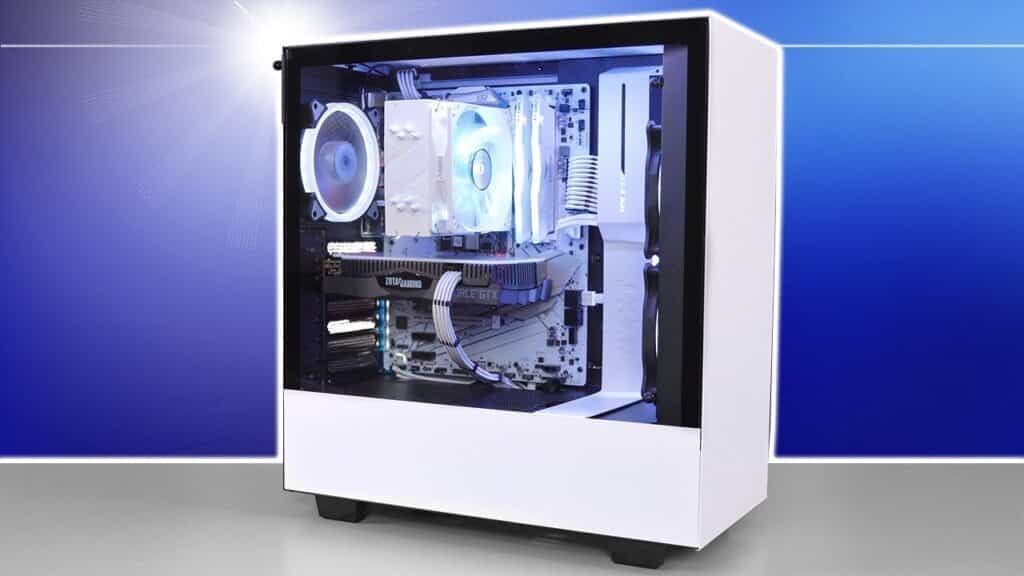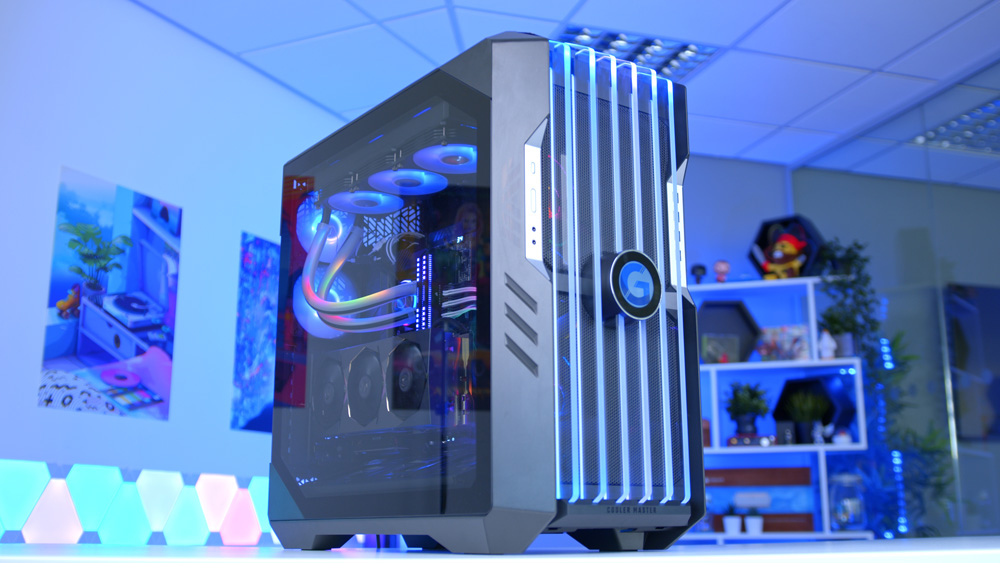The 3 Fundamentals of PC Cooling

Computer components, particularly your processor and graphics card, can generate quite a lot of heat as they work hard at satisfying the demands you put on them playing high resolution games and heavy computational loads. Ensuring that your computer system, particularly if you’re building it yourself, is properly cooled will keep your system temperatures lower and allow your processor to run faster as it won’t be thermally throttled. Here are some quick and easy tips on the fundamentals of PC cooling you should consider when you plan your next upgrade or build.
Firstly, Don’t Go Cheap on the Chassis
Not all computer cases (or chassis) are created equal. Cheaper cases tend to have fewer places to attach fans and cooling and have limited airflow and design chops. Opting for a more premium chassis from a respected brand for your RTX Gaming PC will mean that the design is based on good thermal principles to enable efficient cooling. Look for cases with plenty of fan mounting points, dust shields and grills, and sturdy construction, even if they are a bit heavy.
Secondly, It’s About Direction
Computer fans blow air in a set direction. This is usually indicated on the fan with an arrow, but if it isn’t, it is simple to check by turning it on and checking the direction. You’ll want to make sure to take this direction into account because your airflow strategy needs to both take in cool air and exhaust hot air. A good rule of thumb is to draw cool air in at the front of the case and exhaust it out the back as close to the processor’s heatsink as possible. This means the hottest air that has passed over the processor is quickly removed from the system.
Thirdly, It’s True: Bigger is Better
Fans are measured in CFM (or cubic feet per minute). This is a measure of how many cubic feet of air per minute the fan is capable of moving. The smaller the fan, generally, the lower the CFM and the bigger the fan, the higher this rating will be. Higher CFM fans also need to spin faster, and that creates more noise. Larger fans can move the same amount of air that smaller fans can at a slower rotational speed, so a good balance between noise and CFM can be achieved using a larger fan. Look for 140mm fans with a CFM rating of at least 60 CFM, but closer to 90 is better if you can tolerate the noise.
What About Water Cooling?
Air cooling isn’t the only way to cool a computer – integrated sealed water-cooling systems are gaining in popularity thanks to the relative ease of use over the DIY types that have existed previously and the relative quiet they offer. These water-cooling systems offer a very efficient way of removing the heat from the chassis to a radiator external to your case, thereby improving the efficiency of cooling. They do come at a higher cost though, so be prepared for that part of it!

